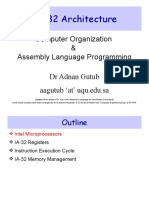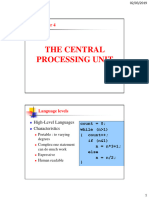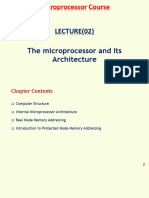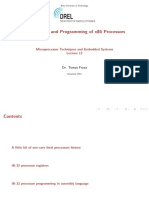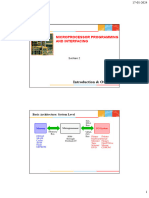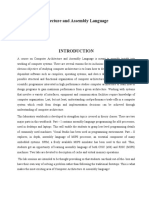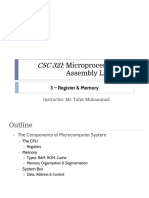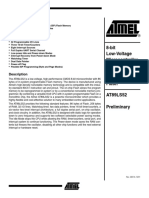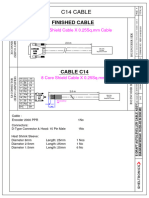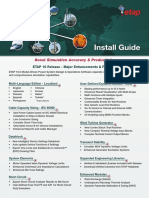0% found this document useful (0 votes)
72 views46 pagesChapter 2 - x86 Processor Architecture
Chapter 2 of 'Assembly Language for x86 Processors' covers the architecture of x86 processors, detailing basic computer organization, Intel microprocessors, IA-32 registers, and the instruction execution cycle. It explains the components of a processor, memory management, and the various generations of Intel microprocessors from the 8086 to the Pentium 4. The chapter also discusses the execution cycle of instructions and the concept of pipelined execution.
Uploaded by
leenamuqhit2001Copyright
© © All Rights Reserved
We take content rights seriously. If you suspect this is your content, claim it here.
Available Formats
Download as PDF, TXT or read online on Scribd
0% found this document useful (0 votes)
72 views46 pagesChapter 2 - x86 Processor Architecture
Chapter 2 of 'Assembly Language for x86 Processors' covers the architecture of x86 processors, detailing basic computer organization, Intel microprocessors, IA-32 registers, and the instruction execution cycle. It explains the components of a processor, memory management, and the various generations of Intel microprocessors from the 8086 to the Pentium 4. The chapter also discusses the execution cycle of instructions and the concept of pipelined execution.
Uploaded by
leenamuqhit2001Copyright
© © All Rights Reserved
We take content rights seriously. If you suspect this is your content, claim it here.
Available Formats
Download as PDF, TXT or read online on Scribd
/ 46
